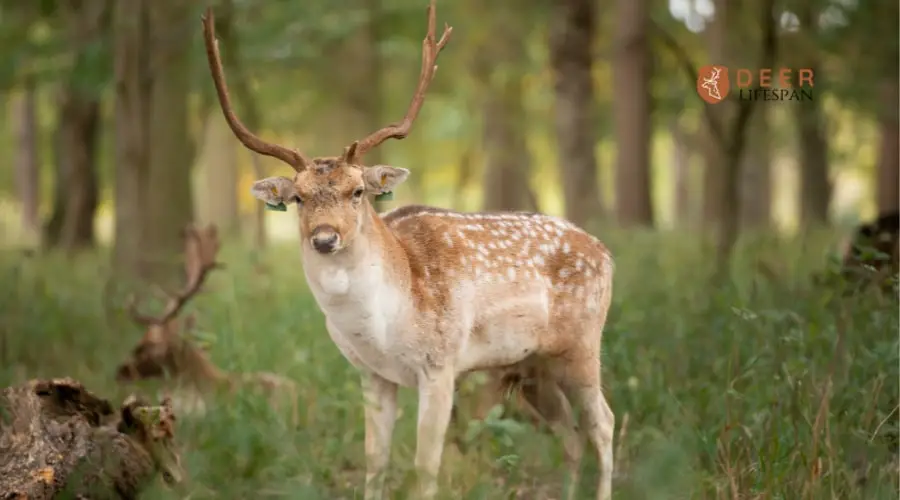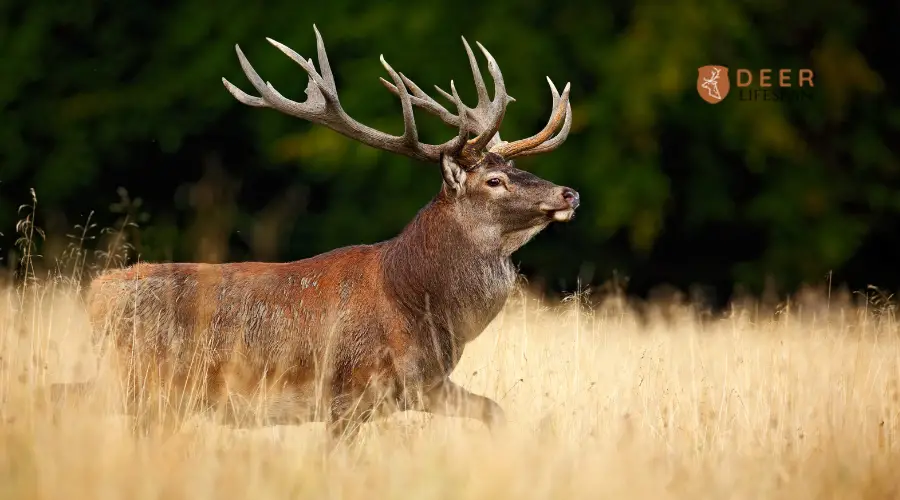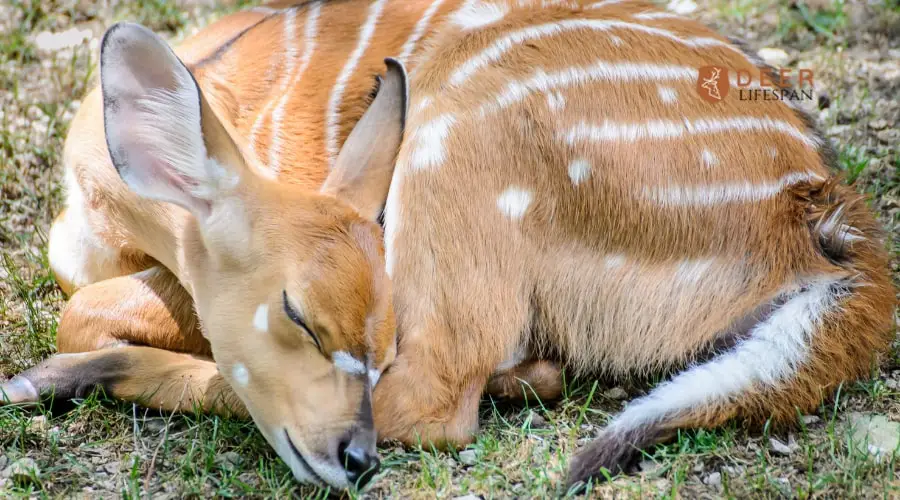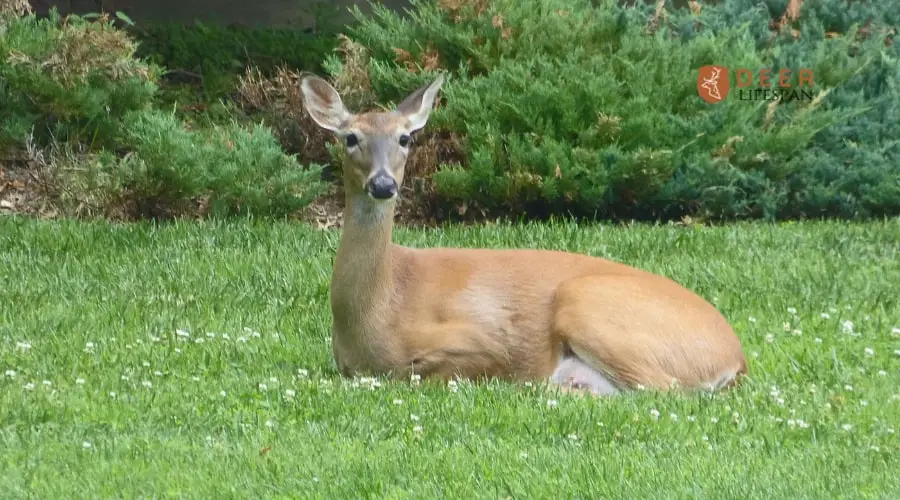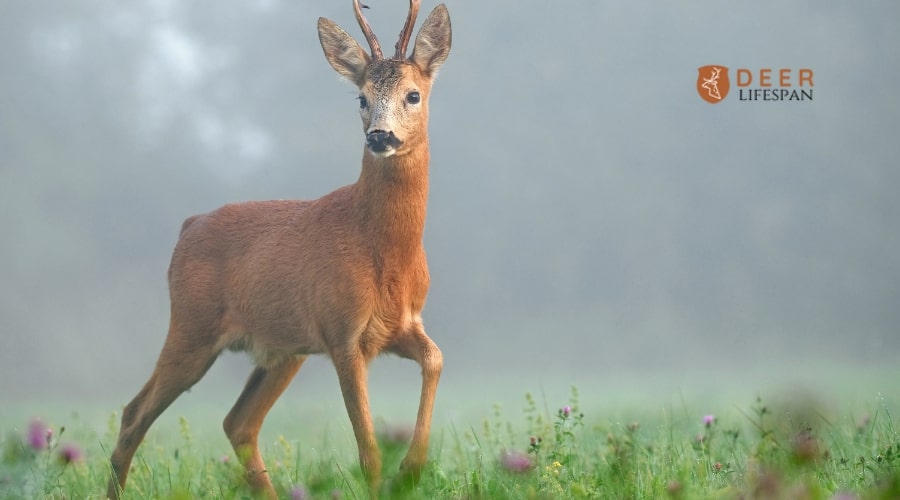How Old Do Whitetail Deer Live?
According to reports, the lifespan of a whitetail deer depends on several facts. If the question is what the average lifespan of a whitetail deer is, it’s easy to answer. But what are the minimum and maximum ages? So, how old do whitetail deer live in the wild and captivity? Well, several reasons can affect …


